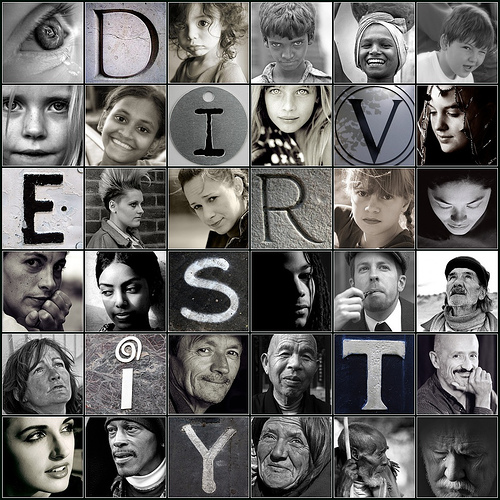What does a missionary church look like?
ABCWORLDMISSION
What does a missionary church look like? Does it have a big map near the entrance, perhaps marking all the missionaries it has identified, trained, sent and is praying for? Does it keep up with global events and pray hard for the world? Does it engage in evangelistic and holistic projects in its own local community? Does it mobilise all its members to recognise and utilise the opportunities God has given to serve him on our many and various frontlines at home, work and play?
YES. YES. YES AND YES!
And it would be great if a church did much of the above, but… is there more?
We usually talk about mission in terms of saying or doing things. But what about mission in terms of being? I’m reminded of something René Padilla once wrote:
“The local church is called to demonstrate the reality of the Kingdom of God among the kingdoms of this world, not only by what it says, but also by what it is and by what it does…” (Emphasis mine)
Mission as a way of being? What might that look like for a church?
Dynamically Diverse
Some time ago I read Bruce Milne’s excellent book Dynamic Diversity. In it Milne makes a compelling case for the revolutionary, missional potential of the communal life of the local church. Milne calls it ‘the new humanity church,’ basing his argument on Ephesians 2.15 where it says that Christ’s “purpose was to create in himself one new humanity out of the two…”
In Ephesians 2 the cross is seen to have a dual effect. For Milne, not only does it remove the wrath of God (v3), it also removes the hostility of people towards one another (v15). The cross thus creates community. This community or new humanity is then, “a divine attestation to the gospel.”
Missional potential
Milne goes on to show that this text can be taken as an example of God’s intention to make a new humanity church not just of two different racial groupings (Jew and Gentile) but out of all the distinctions that usually divide mankind. He surveys the New Testament, highlighting the prevalence of the ‘new humanity’ theme. He shows how the ‘new humanity church’ is underpinned by the great theological themes of Trinity, Creation, Incarnation, Atonement, Church as the Body, and Eschatology. And he outlines the missional potential of the ‘new humanity church.’ He says that in the remarkable diversity that is the reality of today’s and tomorrow’s world, the Church is uniquely placed to demonstrate the power of the Gospel. In a church where diversity is embraced and celebrated, people feel as though they are ‘coming home’; there is a strong sense of ‘Otherism’; and owing to the multi-layered make-up of the congregation there are multiple points of connection with the people and world around.
Milne argues that now is the time for a return to an intentional focus on establishing truly diverse churches. This is not least because,
“[t]he story of the expansion of the church universal is the story of the founding and effective function of the church local.”
Milne’s thesis is that,
“the calling of every local church, everywhere, if it is to be faithful to its New Testament roots, is among other things to be a community of reconciliation in which all the primary divisions and polarities of its surrounding culture are confronted and find resolution under the gracious reign of the Lord Jesus Christ.”
So then… a real missionary church would not just be one that sends folk to far away – or even nearby – places. It would in its corporate, day-to-day life be a living, breathing example to the world that Jesus is alive – and He brings all things, all people together.
Exciting but also very challenging stuff.

No comments:
Post a Comment